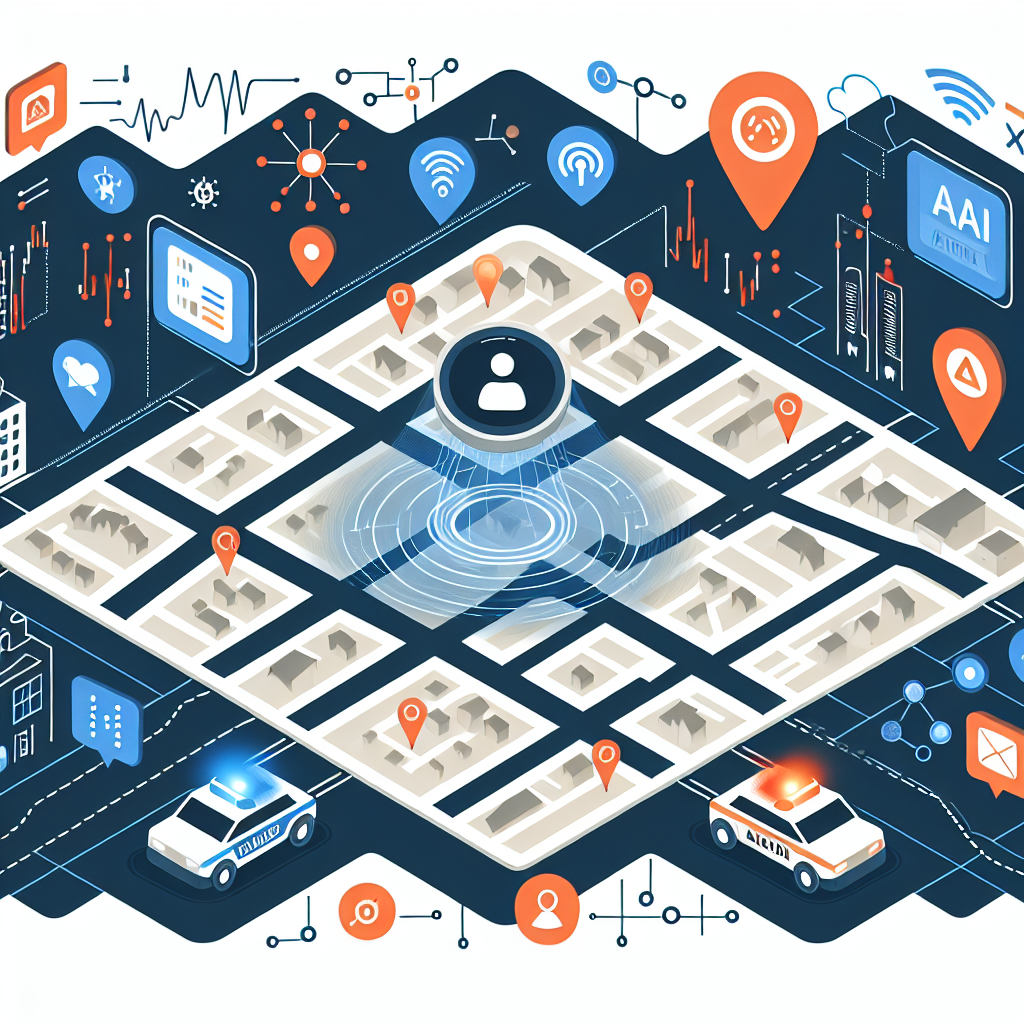Artificial intelligence (AI) automation has been revolutionizing various industries, and public safety is no exception. From predictive policing to emergency response systems, AI technology is playing a crucial role in enhancing the efficiency and effectiveness of public safety operations. In this article, we will explore the various ways in which AI automation is transforming public safety and discuss its potential benefits and challenges.
Predictive Policing
One of the most significant applications of AI automation in public safety is predictive policing. By analyzing historical crime data and patterns, AI algorithms can predict where and when crimes are likely to occur. This information can help law enforcement agencies allocate resources more effectively and proactively prevent crimes before they happen.
For example, the Los Angeles Police Department has been using an AI-powered predictive policing system called PredPol to identify high-risk areas and deploy officers accordingly. By focusing on these hotspots, the department has been able to reduce crime rates and improve overall public safety in the city.
Emergency Response Systems
AI automation is also being used to improve emergency response systems. By analyzing real-time data from various sources, such as social media, surveillance cameras, and sensors, AI algorithms can quickly identify emergencies and dispatch the appropriate resources to the scene.
For instance, the city of Cape Town in South Africa has implemented an AI-powered emergency response system that uses machine learning algorithms to analyze social media posts and detect incidents such as accidents or fires. This system has helped reduce response times and improve the efficiency of emergency services in the city.
Traffic Management
AI automation is also playing a vital role in traffic management and road safety. By analyzing traffic data in real-time, AI algorithms can optimize traffic flow, reduce congestion, and prevent accidents. For example, smart traffic lights equipped with AI technology can adjust their timing based on traffic patterns, leading to smoother traffic flow and fewer accidents.
Moreover, AI-powered surveillance cameras can detect traffic violations, such as speeding or running red lights, and automatically issue fines to violators. This not only helps enforce traffic laws but also deters reckless driving and improves overall road safety.
Challenges and Considerations
While AI automation has the potential to revolutionize public safety, there are also challenges and considerations that need to be addressed. One of the main concerns is the ethical implications of using AI technology in law enforcement. There is a risk of bias and discrimination in AI algorithms, which can lead to unfair treatment of certain communities. It is essential for law enforcement agencies to ensure that their AI systems are transparent, accountable, and free from bias.
Another challenge is the potential impact of AI automation on jobs in the public safety sector. As AI technology becomes more prevalent, there is a risk of displacing human workers, such as police officers and emergency responders. It is crucial for policymakers to develop strategies to retrain and reskill workers affected by AI automation and ensure a smooth transition to a more automated public safety system.
FAQs:
Q: How does AI automation improve public safety?
A: AI automation improves public safety by analyzing data in real-time, predicting crime patterns, optimizing emergency response systems, and enhancing traffic management. These capabilities help law enforcement agencies allocate resources more effectively, prevent crimes before they happen, and improve overall public safety in communities.
Q: What are the ethical considerations of using AI technology in public safety?
A: Ethical considerations of using AI technology in public safety include the risk of bias and discrimination in AI algorithms, the potential impact on privacy and civil liberties, and the need for transparency and accountability in AI systems. It is essential for law enforcement agencies to address these concerns and ensure that their AI systems are fair, unbiased, and respectful of individual rights.
Q: How can AI automation impact jobs in the public safety sector?
A: AI automation has the potential to impact jobs in the public safety sector by displacing human workers, such as police officers and emergency responders. It is important for policymakers to develop strategies to retrain and reskill workers affected by AI automation and ensure a smooth transition to a more automated public safety system.
In conclusion, AI automation is playing a crucial role in transforming public safety by improving predictive policing, emergency response systems, and traffic management. While there are challenges and considerations that need to be addressed, the benefits of AI technology in public safety are undeniable. By harnessing the power of AI automation, law enforcement agencies can enhance their capabilities, prevent crimes, and ultimately create safer communities for all.

